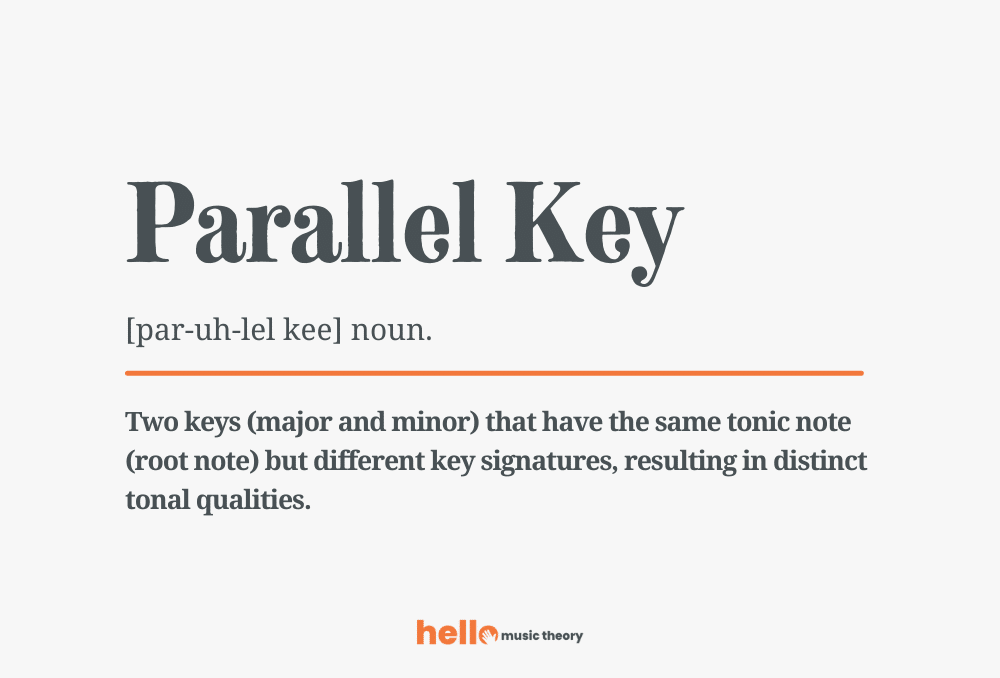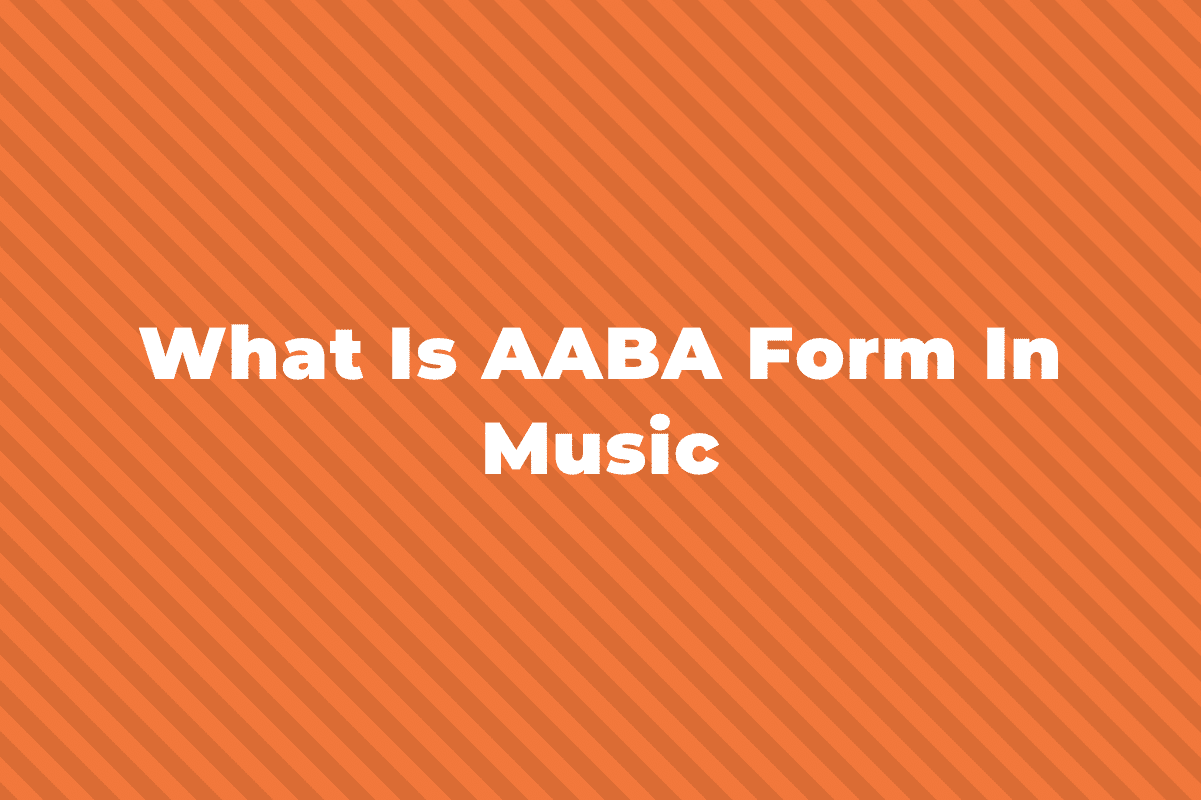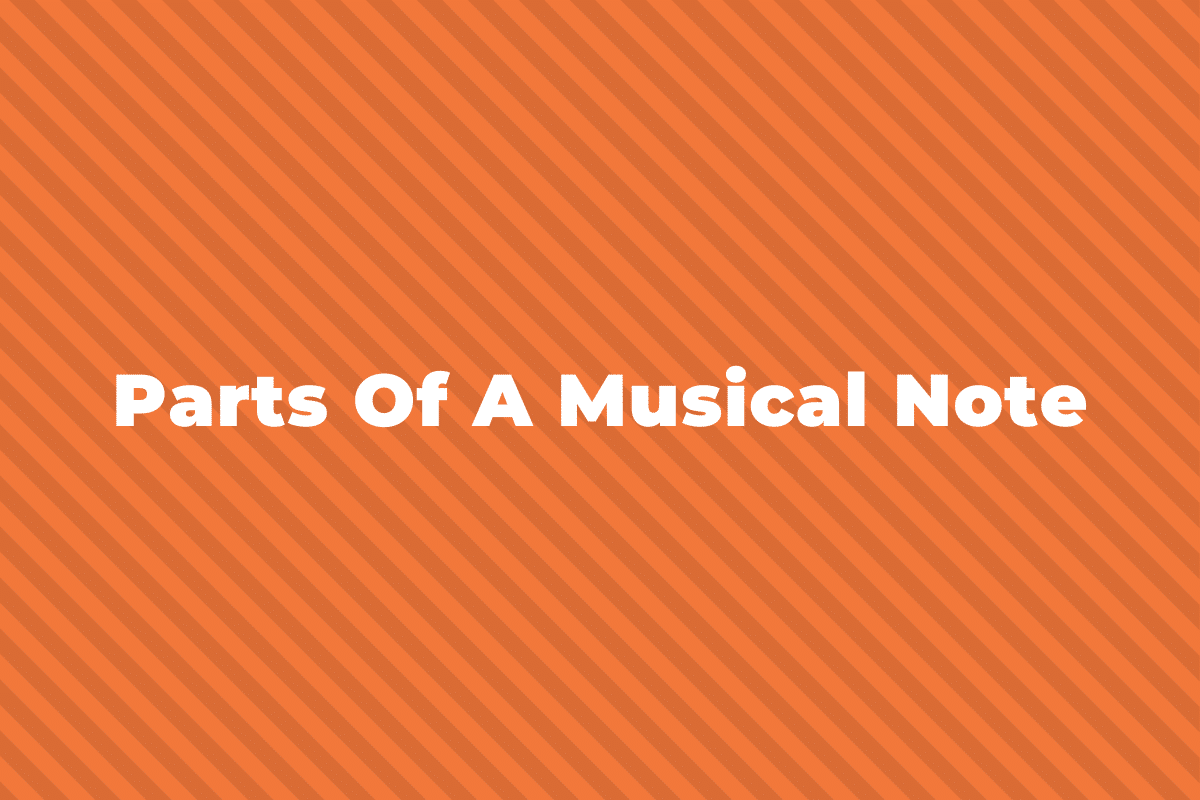In music, notes are combined in certain ways to create scales and chords. These scales are what are used to play a piece of music in a specific key.
In this post, we’ll explore what a parallel key is in music. First, however, let’s recap exactly what is a key.
What is a Key in Music?
Almost all songs you would hear on the radio, whether they’re pop music, jazz, rock, or classical, are “in a key”.
The key of a piece of music is the main scale that forms the basis of it, around which the rest of the scales and notes are centered.
It is the center, or home, of the music, and is called the tonic.
There are two ways keys can relate to each other – they can be parallel keys or relative keys.
The Definition Of A Parallel Key

Two keys are parallel keys if they are based on the same note but are different in their quality – one is major, and one is minor.
For example, C Major and C Minor are parallel keys.
Here is the C Major scale:
And here is C Minor scale:
As you can see, the C, D, F, and G are the same in each key – in scale degrees, that would be the I, II, IV, and V.
The E, A, and B are different in the two keys – all natural in the major key, and Eb, Ab, and Bb in the minor key.
In scale degrees, that would be the III, VI, and VII.
So, if you want to move between parallel keys, you have to either flatten (to go from major to minor) or sharpen (to go from minor to major) the III, VI, and VII scale degrees.
So a D Minor scale is D – E – F – G – A – Bb – C – D, and the parallel D Major key changes the F → F#, the Bb → B, and the C → C#. Here are the two scales side by side:
Examples Of Parallel Keys
Here are some examples of songs that switch between parallel keys.
It is not all that common, but some famous songs have done it.
For example, “Funkytown” by Lipps Inc. starts in C Maj, and then in the chorus at 1:07, goes into the key of C minor.
The Beatles move between parallel D Major and D minor in their song “Norwegian Wood.”
Borrowed Chords
What is more common than switching fully between parallel keys is using what are called Borrowed Chords.
Borrowed Chords are when a song is in one key but “borrows” chords from the parallel key to make the chord progression or harmonization more unique and interesting.
A typical example of a Borrowed Chord is the Picardy Third – this is when a song in a minor key ends with the parallel major key.
This is commonly found in classical and Baroque music, like this Brahms piece “Piano Trio No. 1”, second movement.
Other than the Picardy Third, the most common borrowed chords are when a song in a major key borrows chords from the parallel minor key.
You might see this as a IV min chord (this chord has a flattened VI scale degree, which is part of a minor key rather than major), or a VIIb Maj chord (this is a chord built on the flattened VII scale degree, again only found in a minor scale).
This classical piece by Bach, “Piano Prelude in C Major” from The Well-Tempered Clavier is in C Major, but it borrows a Bdim chord from the parallel C minor.
This is in bar 14, at approx. 1:13.
Other more modern examples include “Every Little Thing She Does Is Magic” by The Police, “The Once and Future Carpenter” by The Avett Brothers, and “I Will Follow You Into the Dark” by Death Cab For Cutie.
Here is a snippet from that last song, which is in F Major.
At the end of the chorus, it has a chord progression of Bb Major – Bb minor (borrowed from the parallel F minor) – F Major.
Here is a song that uses the VIIb, called “Angel From Montgomery” by John Prine.
The VIIb chord is used right at the beginning of each line of the chorus.
That’s It For Parallel Keys
We hope this article has helped you learn more about parallel keys in music, like when to use them, how to recognize them, and how you can borrow chords from one to provide extra color in the other key.



